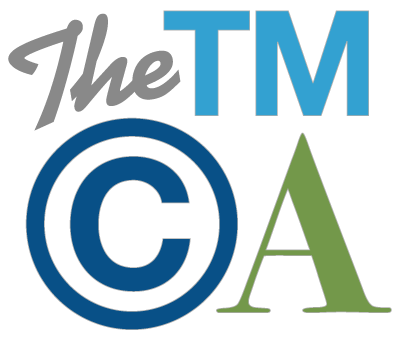Launched July 8, 2017: New USPTO Rules to Clear “Deadwood” in the Federal Trademark Registry
 With the latest rule changes having taken effect July 8, 2017, the United States Patent and Trademark Office continues its efforts to clear deadwood from the federal trademark register. Earlier this year, we reported on the PTO’s finalization of a rule allowing it to require trademark owners to provide multiple specimens of use per class in connection with maintenance filings, or face cancellation of their registrations either in whole or in part. Then, late last month, we reported on a PTO proposal for expedited versions of cancellation proceedings for non-use and abandonment claims. Last week the PTO finalized its rules on Revival of Abandoned Applications, Reinstatement of Abandoned Applications and Canceled or Expired Registrations, and Petitions to the Director, which streamline and harmonize the deadlines for various filings that applicants and registrants may make to restore inactive applications or registrations to active status.
With the latest rule changes having taken effect July 8, 2017, the United States Patent and Trademark Office continues its efforts to clear deadwood from the federal trademark register. Earlier this year, we reported on the PTO’s finalization of a rule allowing it to require trademark owners to provide multiple specimens of use per class in connection with maintenance filings, or face cancellation of their registrations either in whole or in part. Then, late last month, we reported on a PTO proposal for expedited versions of cancellation proceedings for non-use and abandonment claims. Last week the PTO finalized its rules on Revival of Abandoned Applications, Reinstatement of Abandoned Applications and Canceled or Expired Registrations, and Petitions to the Director, which streamline and harmonize the deadlines for various filings that applicants and registrants may make to restore inactive applications or registrations to active status.
The Main Benefits of the New Rules
These new rules should help lower the costs of searching, prosecution and enforcement because deadwood will be removed from the PTO’s trademark electronic records system (TESS) faster. There will be fewer times that an application or registration shown on TESS as dead can still be revived or reinstated. This means fewer use investigations to determine the status of a mark, fewer opposition or cancellation proceedings seeking to eliminate blocking but abandoned applications or registrations, and fewer times that alternative marks are selected because a company does not have time to wait and see what happens to a potentially blocking mark.
Impacts of the New Rules
The new rules will:
- Promote the integrity and accuracy of application and registration information in TESS
- Clarify time periods and filing requirements for requests for revival and reinstatement
- Clarify deadlines for requesting the director to take action on other matters
- Facilitate the efficient and consistent processing of petitions and requests for reinstatement
- Remove uncertainty as to whether a request is timely filed
- Prevent applicants from utilizing the revival process to delay prosecution by asserting non-receipt of an office action or notice of allowance more than once per application or registration
Overview of Which Filing to Make and the Applicable Deadlines
Here is an overview of which type of filing to make if an application has been abandoned or a registration has been canceled or has expired, along with the relevant deadlines to make such a filing:

With this new rule-making, the PTO attempts to balance its duties to third parties who rely on the accuracy of TESS and to applicants and registrants whose applications and registrations may have lapsed inadvertently. Any petition or request filed more than two months after the notice of abandonment, cancellation or expiration was issued or more than six months after PTO records are updated is likely to be dismissed as untimely. Thus, applicants and registrants should be diligent in checking their applications and registrations every six months after filing documents with the PTO. However, if extraordinary circumstances prevent a trademark owner from timely filing the petition or request more than six months after abandonment, cancellation, or expiration, the owner can file a petition to the director requesting that the director waive the rule and allow a late petition. However, given its new attitude toward delay, we can expect the PTO to grant such waivers sparingly.







